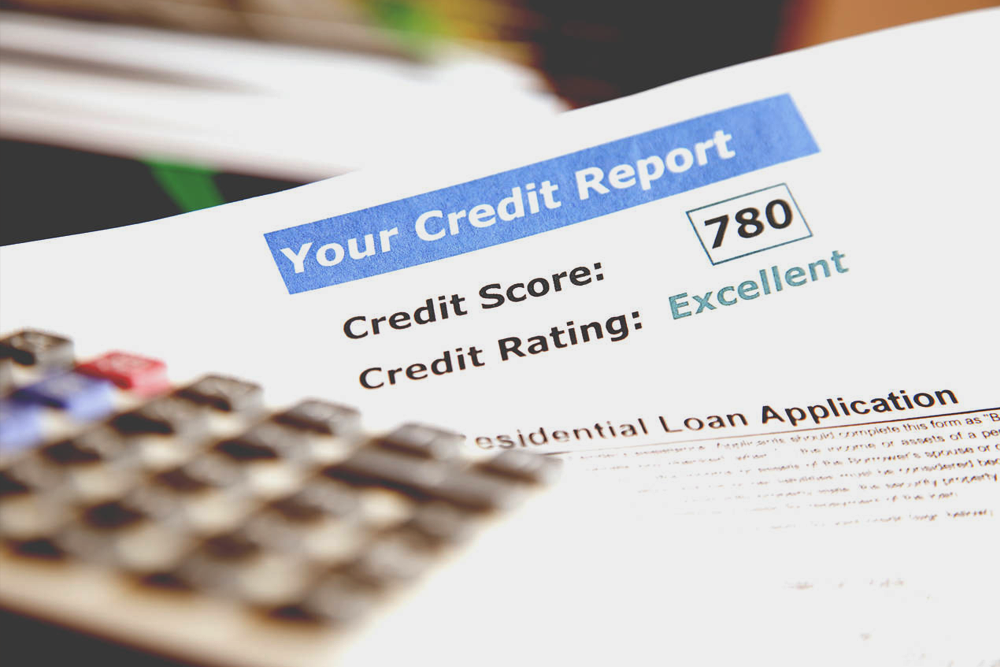
Paying Off Debt vs. Investing: A Powerful Way To Identify What To Do First
People who find themselves with extra money frequently face a dilemma. Should they utilize the windfall to pay off- or at least, substantially pay down- that pile of debt they have accumulated, or it is more beneficial to put the money to work in investments that will build their financial nest. Both options are essential.
Investing is the measure of putting aside money that will, itself, earn a profit, and grow. Investing is not similar to pure savings, where the money is set aside for future use. When you invest, you anticipate the money to return some income and increase the original capital. Investing offers the peace of mind that will have funds accessible to endure a future financial milestone. Examples of financial milestones include business projects, retirement, and paying for college education for your child.
Debt refers to the action of borrowing money from another party. Most of the common debts comprise borrowing to purchase a large item like a home or car. Paying for unplanned expenses or education are also common debts. Nonetheless, a debt many people struggle with monthly is credit card debt. Following research from the Federal Reserve Bank of New York, credit card debt concluded in 2019 at a record of US$930 billion. How to pay off debt is an issue many people worry about every day- it is also a challenge many lose sleep overnight.
Should you pay off debt or invest?
There are many elements to consider: expenses, income, amount of debt, and interest rates. However, to put money toward either, you need surplus after your monthly expenses that you can put toward debt or retirement. The effortless way to do that is to cut your expenses and increase your income, or both. However, even after that, people will have differing surpluses depending on their life situations and where they live.
A person who has enough surplus to pay off USD$50,000 in two years should consider investing differently than someone who plans to take ten years to pay off. So let us look at the fictional examples of Sharon and Adam. Both Sharon and Adam are twenty-five. Both have a debt of $50,000 and are paying an average rate of 6.45%. Sharon has a sizable surplus. She plans to pay off $50,000 in two years with the assistance of her husband’s income, cutting back expenses, and side hustling. However, Adam has a minimal surplus, So he plans to pay off his $50,000 debt in ten years.
Why you might want to invest instead of paying off debt?
If Sharon sticks with her plan to put her entire surplus toward paying off her debt instead of investing, she will make twenty-four payments of about $2,226 and pay just over $3,400 in interest. However, suppose Sharon decides to use a section of her surplus to maximize out her Roth IRA by investing $6,000 a year. She will end up making thirty-two payments of $1,726, instead of twenty-four payments of $2,226. She will pay an additional $1,000 in interest.
However, she will have an extra two years of Roth IRA contributions- and invested $12,000. That $12,000 alone compounded over thirty-five years in a market experiencing six percent return will turn into $92,000 by the time Sharon is sixty-two. Even if she will pay an additional $1,000 in interest, since Sharon is paying off her loans so fast, making excessive use of some investing while paying off her debt would net her an additional $90,000 in the long run.
A situation where you may focus on paying off debt
If Adam pays back his $50,000 debt over ten years, he will make 120 payments of about $570. He will pay a total of about $18,000 in interest. If he begins maxing out his Roth when he becomes debt-free- in ten years at age thirty-five, he will have contributed $30,000 by age forty. If he keeps on contributing $500 monthly from age thirty-six and sixty, assuming a six-percent growth, he will have $304,000 at age sixty.
If he decides he doesn’t need to wait and puts $50 monthly toward Roth IRA, he will end up making 137 payments of $520 and paying over $2,700 additional interest on his debt. He will have contributed $6,850 in his Roth over that period. At six percent growth, the balance would be $8,357 by the period he is debt-free. That is a growth of $1,507 in his Roth at the expense of an additional $2,700 in interest paid on debt. If he then begins contributing $500 monthly to his Roth at age thirty-eight via age sixty, she would have $290,000 at that point- $14,000 less than if he had centered on paying off debt rather than investing during that period. Of course, no financial case will be the same as Sharon and Adam’s are. The most important lesson from these scenarios is that you have to run the numbers for your case.
Which investments to fund and which debts to repay?
You can use the hierarchy below:
- Fund all the retirement accounts you and your spouse have at work, like a 401(k) program, up to the amount of any free matching money you receive.
- Create your emergency fund in a highly liquid, saving, checking, or money market account.
- If you meet the eligibility guidelines, entirely fund a Roth IRA for both you and, if you are married, your spouse, You will have to check the contribution limits in effect in any tax year.
- Pay off student loan debt or any high-interest credit card debt or other liabilities. Keep at it till you are debt-free and stop adding to it at almost all costs.
- Circle back around and make contributions to your and your spouse’s 401(k) accounts up to the maximum amount enabled by your plan or the tax regulations.
- If you are serious about retirement saving, look for a strategy that engages using HSA as another kind of de facto IRA on top of your Roth IRA.
- Start developing assets in fully taxable brokerage accounts, directly held mutual fund accounts, dividend reinvestment plans, or even purchasing other cash-generating assets. For instance, a real estate investor can buy apartment buildings, industrial warehouses, and office buildings.
By behaving this way, you attain several things:
- You reduce your tax bill, which indicates more money in your pocket.
- You build a significant bankruptcy for your retirement assets. 401 (K), has unlimited bankruptcy protection under the present rules, whereas your Roth IRA had $1283025 in bankruptcy protection in 2018. This adjusts upward annually.
- You reduce your debts over time. There comes a time when you have paid your debts entirely.
- You only make riskier investments in taxable accounts, after all of your other basic needs are met.
Second Approach: Paying Off Debt Vs. Investment
Alternatively, it is not a bad idea to be completely debt-free, creating a line around your assets so you never have to be concerned about having them taken from you. Some successful people eschew any investing at all till they paid off college, owned their own home outright, have built an emergency fund working ordinary jobs all through their twenties and early thirties. By the time such people are approaching middle age, they have a foundation that enables their investable assets to soar, absolutely unrestrained by the financial demands that appear to haunt certain families and individuals perpetually. In simple terms, their answer was always to pay off debt first- and only then start investing. And for most people, this works well.
In the final analysis, behavioral economics requires to be factored into your choice. You have to decide between paying off debt or investing. If you choose to invest over paying off debt, it should be one you can live with, likely to stick with until it is completed and allows you to sleep well at night. So long as you keep going, you should eventually get to the end game goal, which is to be debt-free and has abundant investments that offer a comfortable standard of living for your family.














